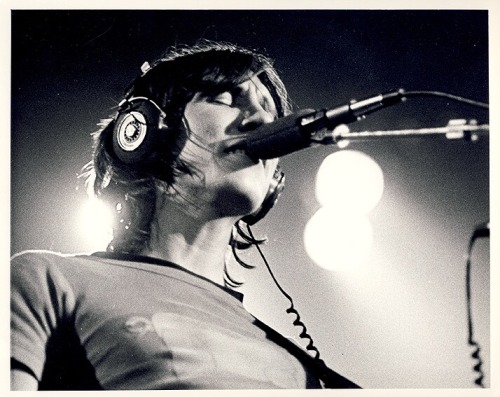Veggie Dave
Sax Worker
- Messages
- 3,651
- Location
- Citizen of Nowhere
I think it's safe to say that there's playing loudly and then there's playing LOUDLY!
Last night I played my first ever rock gig on sax (details of the gig and short audio clip here: My First Rock/Floyd Gig) and while it went okay, I'm wondering how people like @Taz and the other rock players deal with the incredibly high levels of sound.
Last night I found myself literally screaming into the sax to get enough volume to hear what I was playing. And I even had monitors but they just couldn't go loud enough to enable me to hear myself over everything else. In the sound clip on the other thread, I think the feedback was caused by the engineer running my monitor as loud as he could to help me out.
I'm finding that it's becoming easier to deal with not really hearing what I'm playing, but it's most definitely far from ideal. Is this, generally speaking at least, a fairly normal situation for rock players to find themselves in and have you found ways around it or do you just get on with the job because it simply is the way it is?
Last night I played my first ever rock gig on sax (details of the gig and short audio clip here: My First Rock/Floyd Gig) and while it went okay, I'm wondering how people like @Taz and the other rock players deal with the incredibly high levels of sound.
Last night I found myself literally screaming into the sax to get enough volume to hear what I was playing. And I even had monitors but they just couldn't go loud enough to enable me to hear myself over everything else. In the sound clip on the other thread, I think the feedback was caused by the engineer running my monitor as loud as he could to help me out.
I'm finding that it's becoming easier to deal with not really hearing what I'm playing, but it's most definitely far from ideal. Is this, generally speaking at least, a fairly normal situation for rock players to find themselves in and have you found ways around it or do you just get on with the job because it simply is the way it is?






